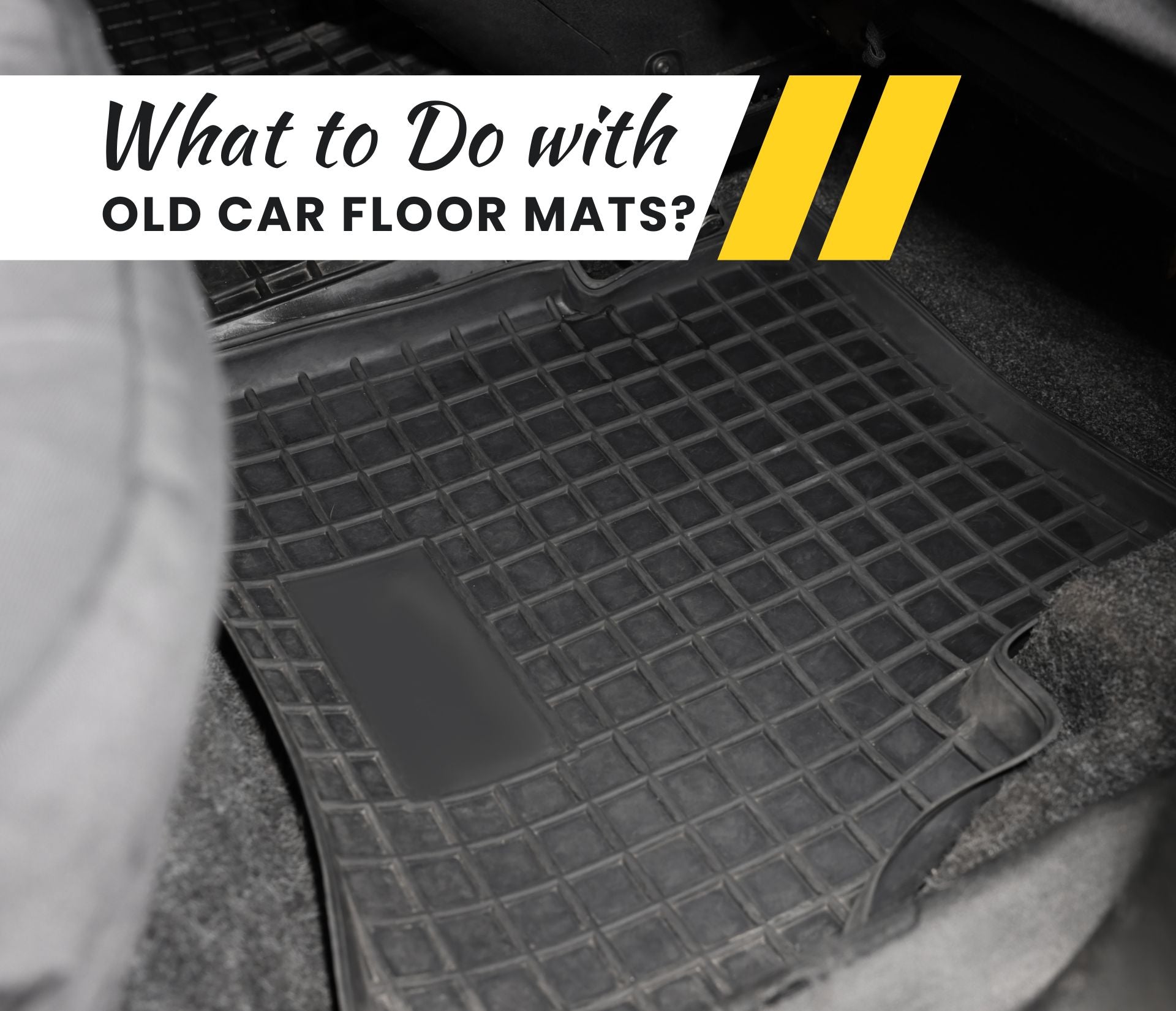When it comes to keeping your car clean and fresh, one area that often gets overlooked is the seat covers. Car seat covers are not only functional but also add style and protection to your vehicle's interior. However, over time, they can accumulate dirt, spills, and odors, making you wonder if it's possible to wash them. In this article, we will explore the question, "Can you wash car seat covers?" and provide you with valuable insights on how to clean and maintain them effectively.
Understanding the Importance of Clean Car Seat Covers
Before we delve into the details of washing car seat covers, let's first understand why it is essential to keep them clean. Car seat covers act as a barrier between your body and the actual seats, protecting them from wear and tear, spills, stains, and UV rays. Regular cleaning not only enhances the aesthetic appeal of your car's interior but also ensures a hygienic environment for both you and your passengers.
Different Types of Car Seat Covers
Car seat covers come in a variety of materials and designs to suit different preferences and needs. Whether you have leather seat covers, neoprene seat covers, or even dog car seat covers, it's important to choose the appropriate cleaning method based on the material.
Let's take a closer look at some popular types of car seat covers:
1. Leather Seat Covers

Leather seat covers are known for their luxurious feel and elegant appearance. They require special care to maintain their quality and prevent cracking or fading over time. Cleaning leather seat covers should be done with gentle products specifically designed for leather upholstery.
2. Neoprene Seat Covers
Neoprene seat covers are highly durable and resistant to water, making them an excellent choice for outdoor enthusiasts and off-road adventurers. These covers can be easily cleaned by using mild soap and water or a neoprene-specific cleaner.
3. Waterproof Seat Covers
Waterproof seat covers are designed to repel liquids and prevent stains from seeping into the seat material. These covers are typically made of materials such as polyester or nylon, which are easy to clean with a damp cloth or sponge.
4. Saddle Blanket Seat Covers
Saddle blanket seat covers offer a rustic and Western-inspired look to your car's interior. These covers are often made of durable woven fabrics and can be cleaned by vacuuming or spot cleaning with a fabric cleaner.
Washing Car Seat Covers: Step-by-Step Guide
Now that we have covered the different types of car seat covers, let's dive into the process of washing them. It's important to note that each type of seat cover may require a slightly different approach. Always refer to the manufacturer's instructions before attempting to clean your car seat covers. Here's a general step-by-step guide to help you get started:

Step 1: Remove the Seat Covers
Start by removing the seat covers from your car. Check if they are held in place by elastic bands, hooks, or Velcro straps. Carefully detach them to ensure you can wash them thoroughly.
Step 2: Check for Stains or Spills
Inspect the seat covers for any visible stains, spills, or soiling. Pre-treating these areas before washing can help remove stubborn stains more effectively. Use a stain remover or a mixture of mild detergent and water to gently rub the affected areas.
Step 3: Read the Manufacturer's Instructions
Before proceeding with washing, refer to the manufacturer's instructions for any specific cleaning recommendations or restrictions. Following these guidelines will help maintain the integrity of your seat covers and prevent any damage.
Step 4: Determine the Cleaning Method
Based on the type of seat cover you have, determine the appropriate cleaning method. Some covers may be machine washable, while others may require hand washing or spot cleaning. Choose the method that aligns with the manufacturer's instructions.
Step 5: Machine Washing
If your seat covers are machine washable, place them in a washing machine on a gentle cycle. Use a mild detergent and cold water to avoid shrinking or fading. Avoid using bleach or harsh chemicals that may damage the material.
Step 6: Hand Washing
For seat covers that require hand washing, fill a basin or sink with lukewarm water and add a small amount of gentle detergent. Submerge the covers and gently agitate them to loosen dirt and grime. Rinse thoroughly and squeeze out excess water before drying.
Step 7: Drying the Seat Covers
Once you have washed the seat covers, it's crucial to dry them properly to prevent mold or mildew growth. Air drying is often the best method, as excessive heat from a dryer can cause shrinking or damage. Lay the covers flat or hang them in a well-ventilated area away from direct sunlight.
Remember to never put your seat covers back on until they are completely dry. Moisture trapped between the covers and the seats can lead to unpleasant odors or even damage the seat material.
Maintenance Tips for Car Seat Covers
To prolong the lifespan of your car seat covers and keep them looking their best, regular maintenance is key. Here are some essential tips to help you maintain your seat covers:
1. Vacuum Regularly
Dirt, dust, and debris can accumulate on your seat cover over time. Use a vacuum cleaner with a brush attachment to remove loose particles regularly. This will prevent them from settling into the fabric and causing stains or discoloration.
2. Address Spills and Stains Promptly
Accidents happen, and spills or stains are inevitable. However, it's crucial to address them as soon as possible to prevent them from setting on the seat covers. Blot spills with a clean cloth and use an appropriate stain remover or upholstery cleaner to treat any stains promptly.
3. Protect from Sunlight
Excessive exposure to sunlight can cause fading and deterioration of your car seat covers. Whenever possible, park your car in shaded areas or use window shades to minimize direct sunlight on the seats. Additionally, applying a UV protectant spray can help maintain the color and integrity of the covers.
4. Avoid Harsh Chemicals
When cleaning your car seat covers, avoid using harsh chemicals, bleach, or abrasive cleaning agents. These can damage the material and compromise the quality and appearance of your covers. Stick to mild detergents or cleaners specifically formulated for upholstery.
5. Regularly Inspect for Damage
Periodically inspect your seat covers for any signs of wear, tears, or loose stitching. Addressing minor issues promptly can prevent further damage and extend the lifespan of your covers. If you notice significant damage, consider replacing the covers to maintain the overall aesthetic and functionality of your car's interior.
Conclusion
In conclusion, the answer to the question "Can you wash car seat covers?" is a resounding yes. Washing your car seat covers is not only possible but also essential for maintaining a clean and hygienic vehicle interior. By understanding the type of seat covers you have and following the appropriate cleaning methods, you can keep your covers looking their best for years to come. Remember to always refer to the manufacturer's instructions for specific cleaning guidelines and implement regular maintenance practices to extend the longevity of your car seat covers.




Leave a comment
This site is protected by hCaptcha and the hCaptcha Privacy Policy and Terms of Service apply.